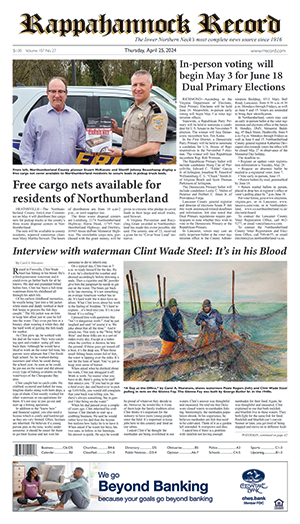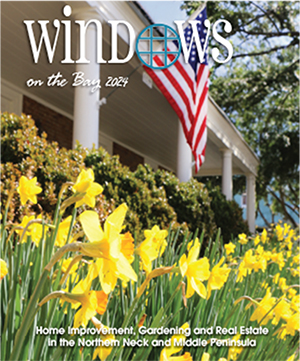by Henry Lane Hull
Two weeks ago in this space my topic was the Great Plague that ravaged Europe in the 14th century. After it appeared, readers asked if the Spanish flu would be the next topic. In response to those queries, here it is.
In the first place, the term “Spanish flu” is probably a misnomer. The disease became widespread early in 1918, and it persisted for almost three years. Modern researchers have speculated that, like the current pandemic, the origins might have been in China, whence it spread to the U.S. and on to Europe, accelerated by the shipment of American troops to France to fight in the First World War.
As research and documentation were far sketchier then than they are now, no conclusive evidence on that score is likely to be forthcoming. In Spain a different scenario emerged. Although neutral during the war, meaning that the country was spared what Northern Europe was experiencing with the passage of foreign armies serving as hosts for the spread of the flu, Spain began to suffer increased intensity of the disease, but with less widespread severity in comparison with the plight of other European nations.
The “Spanish” appellation comes from the King of Spain, Alfonso XIII, being the world’s most famous victim of the spread. During his illness the world press converged on Madrid to offer extensive coverage of the course of his infection, which gave rise to the adjective, “Spanish,” being used to delineate that particular strain of influenza. King Alfonso ultimately recovered and continued to reign until the proclamation of the Spanish Republic in 1931. Alfonso died in 1941. Interestingly, Alfonso was king from birth in that his father, Alfonso XII, had died three months before his son’s birth.
The U.S. had entered the First World War in April 1917. Soon thereafter troop ships began taking the Yanks to France to join in the Allied war effort. The study of epidemiology was far more primitive at that time, and the spread of the flu was impossible to stop.
Growing up, each winter as the flu season set in, my father would describe the impact of the flu that he had experienced as a youth, seeing the caskets of victims piled high in Union Station in Washington awaiting shipment back to their home states for burial.
In the summer of 1976 when a new strain of swine flu, a relative of the Spanish flu, was thought to be coming in the fall, President Ford asked all Americans to be vaccinated. My father refused, saying he had survived the 1918 flu and was not taking the chance of being exposed to contaminated vaccine, thinking that having had the disease once his body still carried immunity to it.
Ironically, I went to the National Guard Armory and got the vaccination in the form of a shot in the arm, only to hear on the radio later that same day that the vaccinations were suspended after doubts had arisen about the safety of the vaccine. Happily, I did not experience any symptoms, and the national scare proved to be unfounded.
The course of the Spanish flu lasted almost three years, from its outbreak in January 1918 to its gradual fading out in December 1921. During that time worldwide deaths totaled perhaps as high as 100 million individuals, but some statisticians think the total could have been less. Approximately one-fourth of the world’s then population of two billion people were infected. The flu was probably the worst pandemic in history since the Great Plague of the 14th century.
Now we are hunkered down with the new pandemic, witnessing the global economy grinding to a halt with little we can do to arrest its disastrous effects worldwide, other than trying to stay healthy and planning on how to engage in subsistence living.
When I taught history I covered the Great Plague and the Spanish flu as major historical passages, never thinking it possible that I should experience a similar pandemic in my own lifetime.
To all I send my best wishes for good health.












